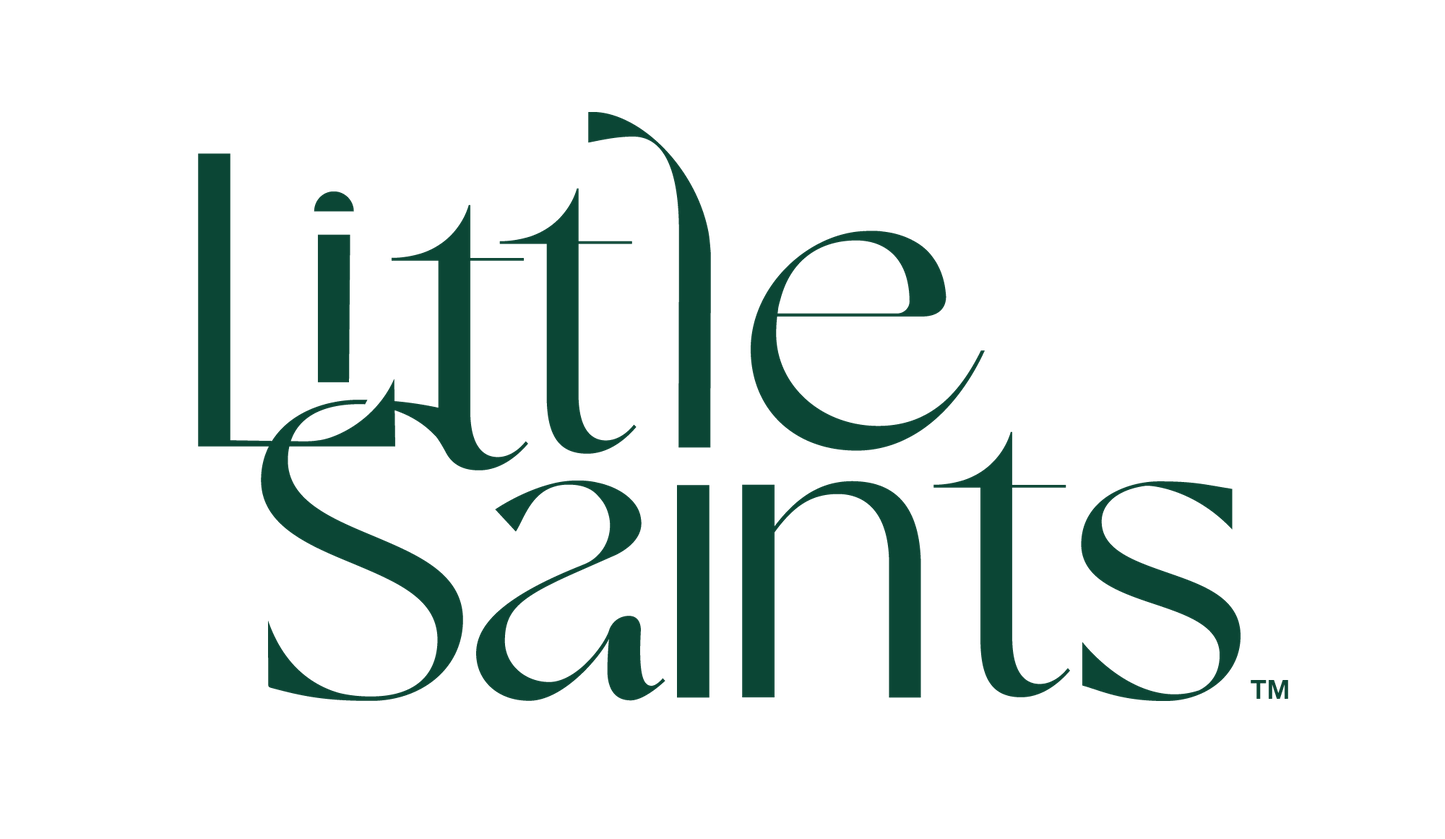Reflecting on 2023 – the era of the clean girl and cold plunging – the wellness industry entered into its most recent evolution: the wonderful world of biohacking. Diet culture was replaced with peptides and reducing the number on the scale was replaced with reversing biological age.
The golden KPI of health was no longer diminished to something as menial as weight and was focused on adding years to our sweet and precious life.
So when Andrew Huberman released his latest research on alcohol’s impact to the brain on his podcast The Huberman Lab in August of ‘22, folks on the leading edge of health abruptly said their farewells to alcohol.
Alas, it seemed we had found the right puzzle pieces that actually made us well. And while it was certainly a step in the right direction and a necessary stopping point on the collective wellness journey, we’d once again fooled ourselves. While we intelligently evolved the KPI that defined health, there was still something disordered in our newfound approach.
We were still obsessed with the thing that would enable a better life instead of life itself. The focus was on abstaining and protecting, even if it meant less nights out with friends and family.
For most of last year, our social infrastructure was not compatible with burgeoning health trends. Most non-alcoholic menu options were unsatisfying or loaded with sugar and restaurants were – gasp – still using seed oils.
So, when people decided to ditch alcohol, they unintentionally ditched their social lives, too.
And then in May of last year, the study of all studies was released. The number one killer in America wasn’t alcohol, cigarettes or obesity. It was loneliness.
While the pandemic’s impact on schools and workplaces are the biggest inputs to our collective decline in social health, it’s important to acknowledge that until very recently, America’s biggest wellness movements and social health were also at odds.
We’d participate in Dry January and spend our weekends at home with a face mask and a bowl of Kale trying to suppress our desire for connection in the name of health. And by the end of the month, we’d throw our veggies in the air and head to the bar with a friend for a celebratory binge.
Something shifted this year. More people reported participating this Dry January than any other year. And bars didn’t slow down.
Bar groups like Bar Lab, owners of NYC’s Broken Shaker and Miami’s 27 Restaurant, now create sophisticated cocktails using non-alcoholic spirits and host dry happy hours – something that wasn’t on most peoples’ radars even six months ago.
As we slowly work our own non-alcoholic (functional) spirit into on-trend F&B spaces like The Standard and Planta, it’s becoming obvious this newfound optionality in social spaces is changing culture.
The advent of sugar-free and functional premium options transitioned the vertical from something unsexy or juvenile to something chic. In short, it’s no longer uncool or eyebrow-raising to order something free of booze at the bar.
In fact, according to Diageo, 94% of people who purchase non-alcoholic beverages also drink alcohol. It’s no longer a product tailored for the sober curious or abstainers – it’s a necessary option in the back bar enabling choice of feeling for everyone.
We’ve transitioned from a world of black and white rigidity into the age of both/and. A world that’s more damp than dry and more abundant than depriving. As a brand, we’d like to dub 2024 the era of possibility.
Because when we create options that didn’t previously exist, we expand the lens of what is possible personally and collectively.
We can have our cake and eat it too. Get a mood boost while screaming karaoke with our friends and still wake up for work the next day. What’s more? We can do these things while supposedly adding years to our sweet and precious lives.
Yes, we’d say the future of biohacking is here.























